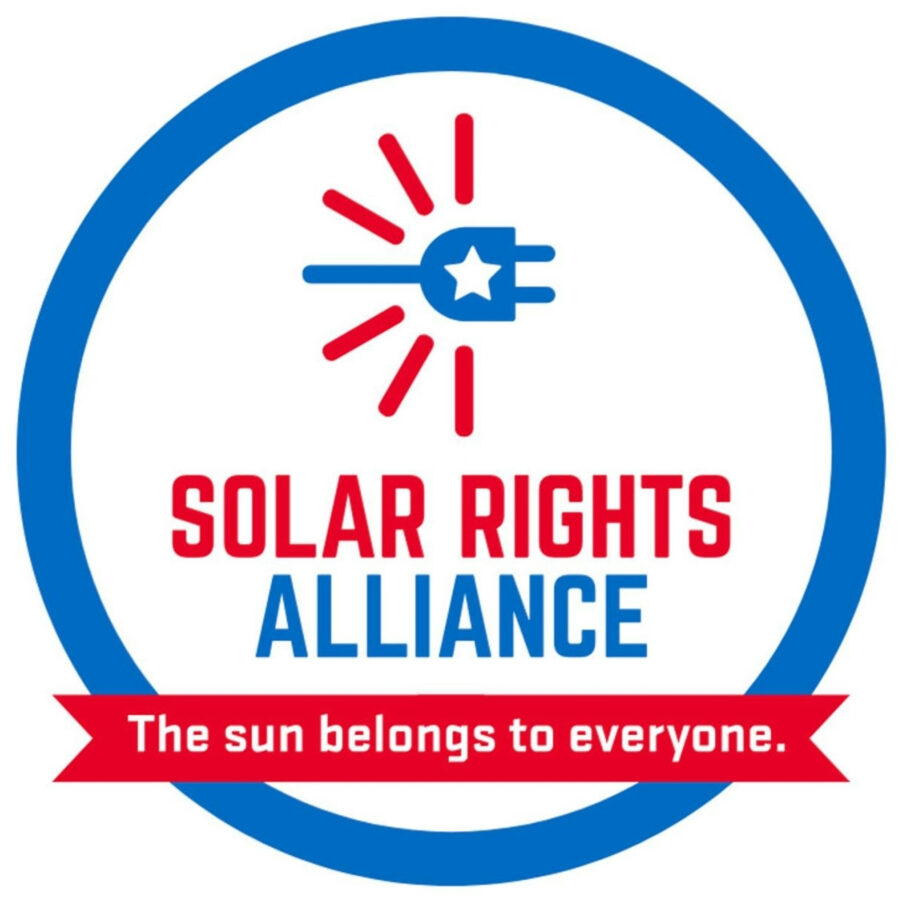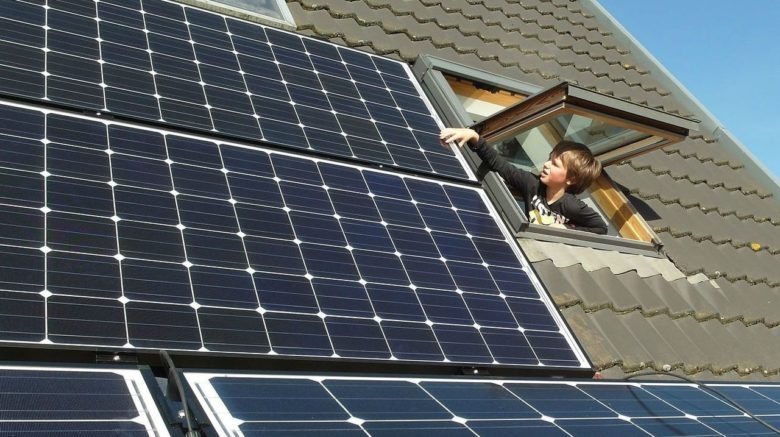Besides the savings, independence and freedom, solar systems also tend to be relatively low maintenance. Here’s four tips to help to ensure that your solar panels perform well for a long time.
1) Keep Your Panels Clean
Since the panels are exposed and most likely on your roof, dirt, dust, bird droppings and pollen will accumulate. However, rainfall in most cases, is more than enough to keep your panels running at high efficiencies and producing powerful energy from the sun rays.
Cleaning may be a necessity for the solar owners who live in areas that go for extended stretches of time between rainfall or live on a ranch or farm, where excessive amounts of dirt are in the air. Too much dirt or debris on a panel can impact how much sunlight is actually able to penetrate the panel and be converted into energy.
If you do choose to clean your panels, there are two strategies: Hire a professional or do it yourself. Professionals are a bit pricier, but most will have a guarantee on potential damage to the panel. Doing it yourself generally requires a hose to rinse off the panels, just as the rain would. In extreme conditions, a bit of soap gently applied and rinsed with the hose is enough. Avoid cleaning agents and tools that will scratch the surface of the panel if you are scrubbing it. Scratches and small fissures in the panel will decrease the panel’s efficiency. High pressure sprayers can be especially problematic when used incorrectly, so avoid these if you are unfamiliar with proper usage.
2) Learn to Read Your Energy Bill
Understanding what is on your bill will allow you to make strategic choices in how you use your energy and be more proactive in determining if there is an issue with your solar system or an error on your bill.
For homeowners with solar, there are several areas of the bill to familiarize yourself with.
Your Rate Plan. The rate plan is the cost of electricity that is being used and specifies the rules for how homeowner’s bills are calculated. Consumers with solar are increasingly on a Time-Of-Use (TOU) plan which results in different energy rate charges through varying times of day.
Your Solar Energy Production & Your Energy Usage. This will be measured by the number of KWh (kilowatt hours – which is the unit of measurement for electrical use) you produced or used.
Your Net Energy Use. If this is a negative number, it means you produced more energy than you used. The extra energy you produced was sent back to the grid and “banked” as a credit for future months usage. If this is a positive number, it means you used more energy than you produced.
Other Utility Charges. This will include at least a $10 minimum charge for being connected to the grid.
It may not be unusual for you to have a positive net energy use during certain months of the year, especially if the month was cloudy and/or you used more electricity than usual. However, if you find yourself consistently having a positive net energy bill, you may want to contact your installer to determine if there is an issue with your system.
In addition to your monthly bill, you will get “True-Up” statement at the end of the year that itemizes the solar energy you produced, the electricity you consumed from the grid, and any net solar energy credits remaining at the end of the year. This is also a good document to read carefully to ensure your system is working correctly, and can be confusing to new solar users. Read more: “Understanding Your True-Up Statement”.
3) Use Your System Monitor
System monitoring is increasingly included in solar installations, and allows you to see how much energy their panels are producing on a moment-by-moment basis through a website or app. It may also alert you and you installation company when there is a problem, so that maintenance can be scheduled to mediate the problem and get the system up and functioning at full speed.
If you are unsure if you have system monitoring, check with your solar installation provider and speak with a sales consultant. Most installation companies will send out a sales representative to set up system monitoring and show you how to access the monitoring system.
Check your system monitor at least monthly, around the same time you get your monthly bill. Over time, you’ll get a handle on the ebb and flow of your solar system and energy use.
You can also set up your monitoring system to give you monthly reports and email you when there is a system outage or panels are not producing. These reports will ensure you are getting the most out of your solar installation consistently.
4) Consider Scheduling a Maintenance Visit
From time to time, it may not be a bad idea to schedule a maintenance visit by a solar expert. Your installer might already offer this service. If they don’t, or if they went out of business, we have some tips for you in this article.
Get the Most Out of Your Panels
Getting solar panels installed on your home is a big investment with the potential for big payoffs. You will be able to save money and ensure the energy you are depending on stems from a clean, renewable source. However, taking the time to learn how to get more out of your solar panels will allow you to rest assured you can sit back, relax and let the sun and your solar system generate clean, reliable, renewable energy for decades to come.

